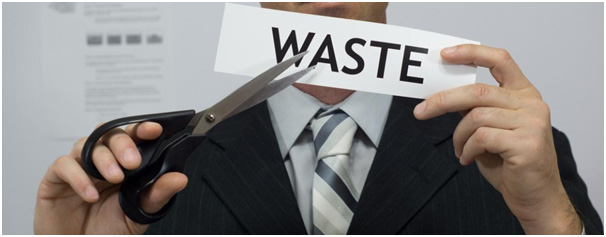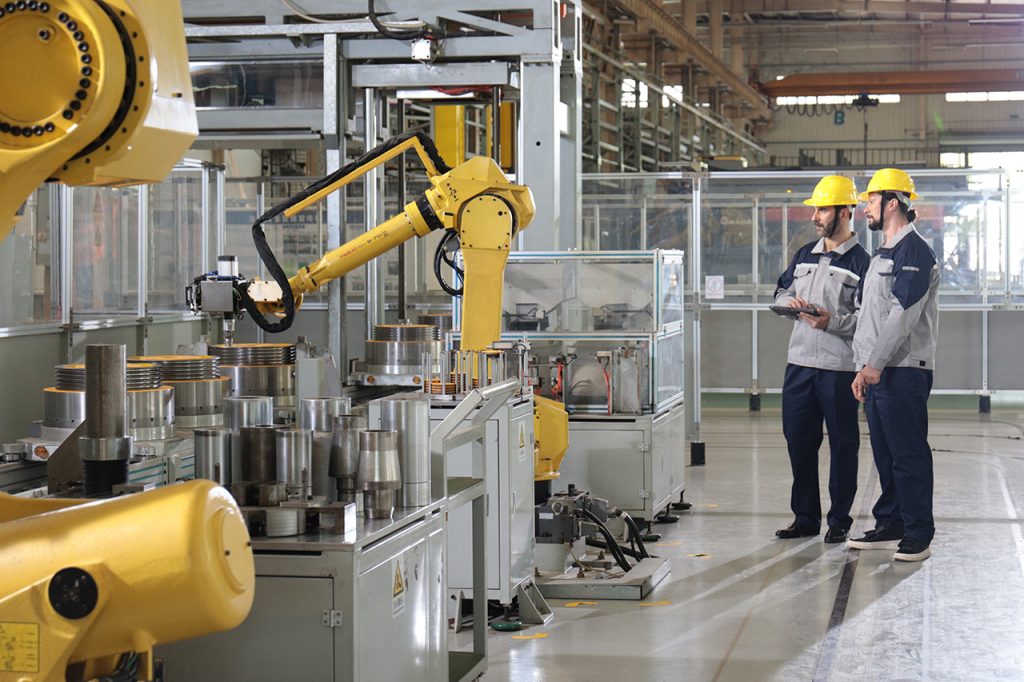
The “paperless office” some predicted would be ushered in with the digital revolution has not happened. On the contrary, despite the widespread use of computers, smartphones and tablets, we are using more paper than ever. High levels of paper consumption, research has shown, is not only terrible for the environment, but for your business as well.
According to the U.S. Environmental Protection Agency (EPA), about 69 million tonnes of paper and paperboard are consumed each year in the United States alone. What is the impact of all that paper? According to the data, it’s not good.
The rate at which we have been using paper does serious damage to the environment. Demand for paper and paper products leads to deforestation and forest degradation, while the manufacturing process is one of the dirtiest, causing air and water pollution. Not to mention that most of the paper that is made ends up in landfills where it decays and releases methane, a potent greenhouse gas linked to climate change.
Not only is it a danger to the environment, paper waste can also cost your business.
A 2014 study of data from the U.S. EPA and the Clean Air Council estimates that the average U.S. office worker uses 10,000 sheets of copy paper every year, which adds up to more than U.S. $80 per year per worker. And that is not counting printing, storage and disposal costs.
Many companies are starting to see how changing the way they use paper can benefit their bottom line. Companies like Bank of America, which reduced its paper consumption by 25 percent in two years and saved more than a million dollars annually. With just a few simple shifts to how paper is managed in your office, you could reduce your environmental impact and see cost savings too.
Here are ten easy changes you can make:
1. Store office files digitally. Pass on printed copies of employee manuals and company policies. Instead, store important company documents on the company’s server. If a hard copy is ever needed for any file, you can print on demand.
2. Avoid printing emails and web pages. For emails or web pages that you don’t want to lose, create digital files and save them in folders on your computer or cloud storage.
3. Change the default settings on your computers to automatically print two-sided. Make saving paper easy with automation. Your employees don’t have to remember to do the right thing when their machines are already set up to do it for them.
4. Use lighter weight paper. Reducing your bond stock to a lighter weight can reduce your paper consumption, often without much noticeable change to the look or feel of the paper. You can save heavier or specialty paper for client documents.
5. Use online communication. Switch to email and avoid paper mail and fax whenever possible. For internal communication, your employees can use instant messaging services, company chats or ring up a colleague on the telephone.
6. Switch to electronic forms. Audit your current processes and consider how many of your frequently used forms such as timesheets, expense reports or purchase orders can be converted into electronic forms.
7. Use single spacing and narrower margins. Fit more text on the page by adjusting your page settings and font sizes. For EXCEL spreadsheets select the area with the information you need and choose to print only your selection. This avoids printing empty cells and wasting paper.
8. Reuse single-sided print-outs, file folders, envelopes and other paper products. Much of the paper that ends up in the bin is only printed on one side. The empty page can be used for drafts or notes. Reuse file folders or envelopes by hiding addresses or old labels with new ones.
9. Offer recycling. Make recycling easy for your employees by placing recycling bins at their desks and next to every printer, copier and fax machine. Ensure your cleaning staff knows to keep paper waste separate from general garbage.
10. Make smart equipment choices. Select high-quality printers that print double-sided copies and maintain them regularly. The E-Studio 4508LP from Toshiba combines conventional printing with erasable printing, which allows you to reuse paper over and over again (up to five times). Low ink or toner, or paper jams can affect print quality and cause you to waste paper. Avoid this by doing regular preventative maintenance on your printing equipment. With Managed Printing Services you get control of your printing by centralising buying of equipment and supplies. That means less over-buying and wastage. A dedicated maintenance team can also prevent printing problems and quickly respond when repairs are needed.(Find out more about how MPS makes this easy)
Making a commitment to reduce your office paper waste does not have to be difficult and the benefits to your business can be significant. Not only will being more diligent about printing efficiently save you money, but you could also see an increase in productivity of your staff. With small, simple changes you can encourage your employees to make a big difference your business and the planet.
Comment below how you save paper in your business.






